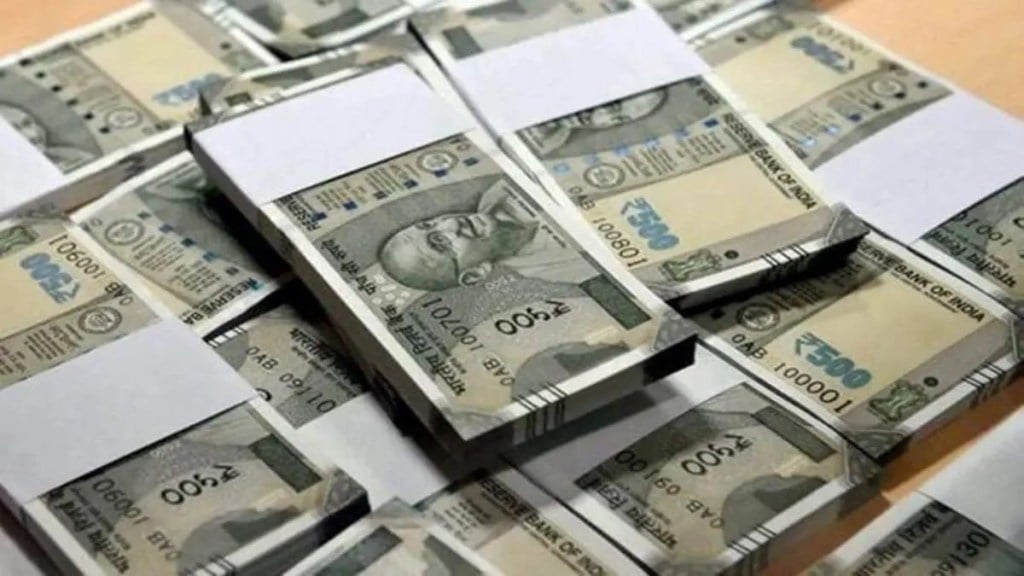A decade after its launch in August 28, 2014, the number of operative non-frill bank accounts under the Pradhan Mantri Jan Dhan Yojna stands at an impressive 531 million, with cumulative deposits in them crossing Rs 2.31 lakh crore. To be sure, net cash accretion in these accounts, which have a played a pivotal role in digitisation and financial inclusion, rose to an all-time high of Rs 36,153 crore in 2023-24. The average cash deposits per account is seen to be over Rs 4,500. According to an estimate, the trinity of Jan Dhan-Aadhaar-Mobile (JAM) has helped prevent Rs 2.75 lakh crore of public money from going into the wrong hands. The Unified Lending Interface’ (ULI) platform , to be launched by the Reserve Bank of India shortly, will also stand on the foundation built by JAM and the Unified Payment Interface. Together, these could make credit appraisal process for small and rural borrowers easier.
Of the Jan Dhan accounts, 55.6% or 295.6 million belong to women, giving a big push to their financial empowerment. Public sector banks account for 414.2 million or 78% of the total accounts, followed by regional rural banks at 98.9 million (18.6%). In terms of deposits, state-owned banks account for Rs 1.79 lakh crore or 76% of the total balance. The total number of Rupay Debit Card issued touched 361.4 million. In rural areas, the total number of PMJDY accounts touched 353.7 million, or 67% of the total, indicating growing access to banking in the hinterland enabling people to save money securely and access formal credit systems. The accounts are used for Direct Benefit Transfer of various subsidies and government schemes, reducing leakages and ensuring transparency.
State-wise, Uttar Pradesh tops in the number of accounts at 945 crore with deposits worth Rs 48,757 crore, followed by Bihar and West Bengal.
